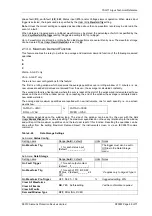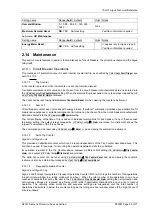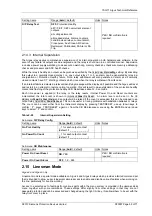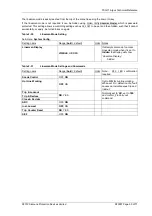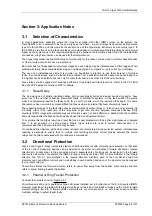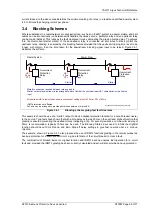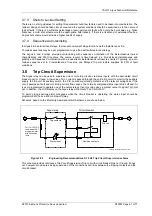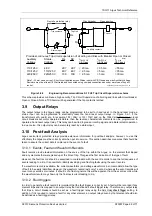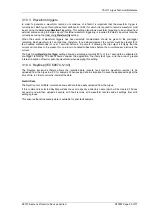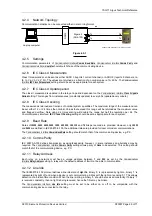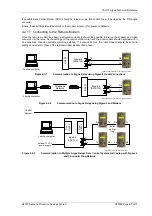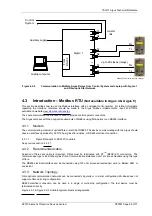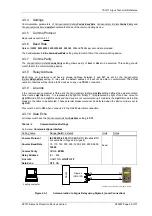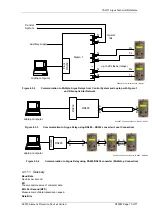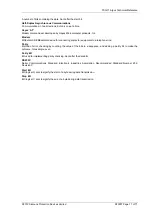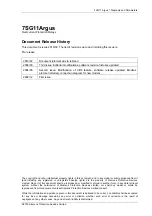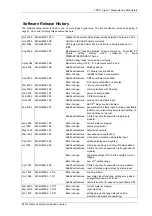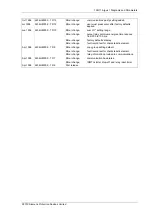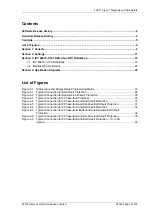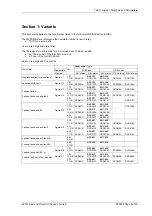
7SG11 Argus Technical Reference
©2013 Siemens Protection Devices Limited
P20007 Page 63 of 71
3.10.3 Waveform triggers
In order to generate a waveform record on occurrence of a fault it is important that the waveform trigger is
correctly set. Each type of fault (phase-fault, earth-fault or SEF) for which it is required to record a waveform must
be set using the
Data Storage:
Waveform Trig
setting. This setting also allows waveform triggering to be enabled from
external sources using the status inputs. If external waveform triggering is required the status input must also be
correctly set using the
Status Config.:
Waveform Trig
setting.
When the source of waveform triggers has been selected consideration should be given to the pre-trigger
recording. Each waveform is 1 second long, therefore, for a delayed element, the current could be present for a
few hundred milliseconds (or over 1 second) before a trip occurs. Following the trip output it is likely that the
current will continue to be present for one to two hundred milliseconds before the circuit breaker interrupts the
current.
The
Data Storage:
Waveform Pre-Trigger
setting allows a percentage, typically 80%, of the 1 second to be allocated to
pre-trigger recording. The user should consider the application, the likely fault type, and the area of greater
interest (inception of fault or post-trip waveform) when applying this setting,
3.10.4 ReyDisp (IEC 60870-5-103)
The Reydisp Evolution software allows the recorded data (events, fault records, waveform records) to be
uploaded from the Argus to a PC for analysis. When saving data it is important to save the applied settings at the
time of trip, in order to correctly interpret the data.
Get All Data
The ReyDisp ‘Get All Data’ command allows all data to be easily uploaded from the Argus.
If this command is selected ReyDisp will ask the user to specify a directory name (which will be created if it does
not exist) and will then upload all events, all 5 fault records, all 5 waveform records and all settings from all 8
settings groups.
This ensures that all necessary data is available for post-fault analysis.

